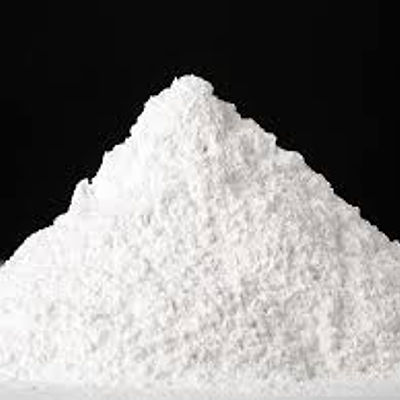
Hydrated Lime
Ca(OH)2 - Types Of Hydrate
One significant application of calcium hydroxide is as a flocculant, in water and sewage treatment. It forms a fluffy charged solid that aids in the removal of smaller particles from water, resulting in a clearer product. This application is enabled by the low cost and low toxicity of calcium hydroxide. It is also used in fresh water treatment for raising the pH of the water so that pipes will not corrode where the base water is acidic, because it is self-regulating and does not raise the pH too much.
It is also used in the preparation of ammonia gas (NH3), using the following reaction:
Ca(OH)2 + 2NH4Cl → 2NH3 + CaCl2 + 2H2O
Another large application is in the paper industry, where it is an intermediate in the reaction in the production of sodium hydroxide. This conversion is part of the causticizing step in the Kraft process for making pulp. In the causticizing operation, burned lime is added to green liquor, which is a solution primarily of sodium carbonate and sodium sulfate produced by dissolving smelt, which is the molten form of these chemicals from the recovery furnace.
Food industry (FOOD GRADE HYDRATED LIME)
Because of its low toxicity and the mildness of its basic properties, slaked lime is widely used in the food industry:
In USDA certified food production in plants and livestock
To clarify raw juice from sugarcane or sugar beets in the sugar industry, (see carbonatation)
To process water for alcoholic beverages and soft drinks
Pickle cucumbers and other foods
To make Chinese century eggs
In maize preparation: removes the cellulose hull of maize kernels (see nixtamalization)
To clear a brine of carbonates of calcium and magnesium in the manufacture of salt for food and pharmaceutical uses
In fortifying (Ca supplement) fruit drinks, such as orange juice, and infant formula
As a digestive aid (called Choona, used in India in paan, a mixture of areca nuts, calcium hydroxide and a variety of seeds wrapped in betel leaves)
As a substitute for baking soda in making papadam
In the removal of carbon dioxide from controlled atmosphere produce storage rooms

Types of Hydrated Lime
Hydrated Lime and Usages
Road Lime
For soil Stabilization

Cost effective way of:
Soil stabilisation
Soil modification
Soil PI breakdown
Increase in strength and durability
Drying of wet silt and clay soils
Typically mix 3% to 6% lime of soil content, depending on soil type Road lime Hydrated Lime. SABS 824 approved soil stabilisation lime is an effective way to modify soils in order to improve workability and load-bearing characteristics by increasing stability of natural soils.


Water Purification Lime
Water and Waste Water Treatment
Purification Lime is a white hydrated lime, so it offers a clear advantage over ‘brown’ calcitic lime: its low manganese content (less than 0,1%) means it can be used with excellent and cost-effective results – both before and after filtration.
Administered through dry feeders or in slurry through dosage pumps, Hydrated Water Purification Lime is the economical solution to many domestic water problems.
Local authorities and industrial users rely on it to deliver clearly superior results. It is also useful in pH control and as an aid to flocculation.
BioLim animal hygiene lime
White hydrated lime specifically
made for animal hygiene control.
This hygienic and eco-friendly product creates a
stable alkali environment which inhibits bacterial
growth, improves biosecurity, reduces odours and
prevents the spread of contagious disease.




